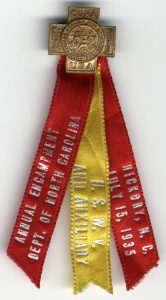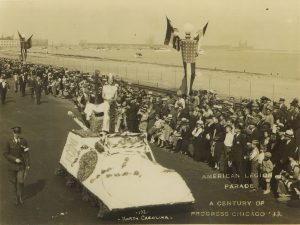“Mechanical pitching machines have been fixtures in spring training ever since baseball managers found how much batting-practice work they could save a pitching staff. Last week, as was no doubt inevitable, one of the mechanical Mathewsons* was set out to pitch a full nine-inning game. Moreover, it pitched for both sides.
“Wake Forest College, which calls its apparatus ‘Iron Mike,’ got 11 hits (three of them homers), waited out Iron Mike for two walks. North Carolina State, batting against machinery for the first time, got three hits, drew five walks. Final score: Wake Forest 8; State 0. There were no balks and nobody stole any bases — stealing against Iron Mike was banned by agreement.”
— From Time magazine, April 17, 1950
*Christy Mathewson, one of the first five players inducted into the Baseball Hall of Fame, pitched for the New York Giants in the early 20th century.



